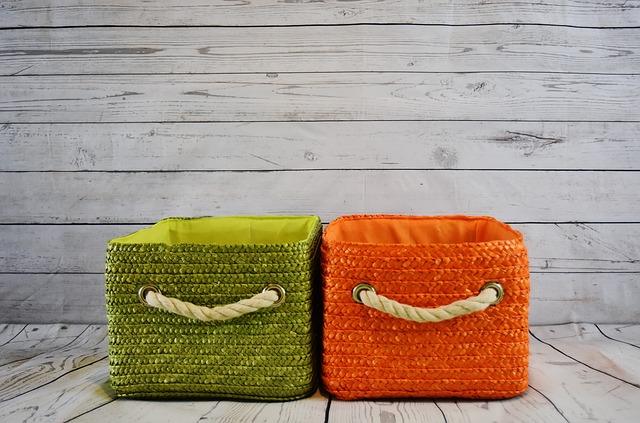Eco-conscious material choices for sustainable shelving
Choosing materials for shelving with environmental impact in mind helps create functional, long-lasting storage while reducing waste. This article outlines practical material options, mounting and maintenance considerations, and design choices that support sustainable, adaptable shelving solutions for varied living situations.

Choosing the right materials for shelving can reduce environmental impact while still delivering reliable storage and attractive decor. Sustainable shelving involves assessing materials for durability, recyclability, and the energy required to produce them. Beyond material selection, mounting, measurement, installation, and ongoing maintenance influence a shelf’s lifespan and overall footprint. This guide walks through common material choices and practical considerations for DIY and professional projects, with a focus on modular, renter-friendly solutions that balance function and environmental responsibility.
How do materials affect storage and organization?
Different materials behave differently under load, humidity, and wear, which directly affects organization and the types of items you can store. Wood variants like plywood and reclaimed timber provide robustness for heavy storage and a warm decor aesthetic, while metal and tubular steel excel for industrial-style shelving that supports greater weight with thinner profiles. Composite and engineered panels may offer moisture resistance for kitchens or bathrooms but can contain adhesives with higher embodied energy. Choosing materials that match the intended use and the expected weight of stored items reduces the need for premature replacement and supports long-term organization.
Which shelving materials are sustainable?
Sustainability depends on sourcing, processing, and lifespan. Reclaimed wood reduces demand for new timber and often requires minimal machining. Certified woods (FSC or equivalent) come from managed forests that aim to balance harvesting with regeneration. Rapidly renewable options such as bamboo can be a lower-impact alternative when processed responsibly. Recycled metal and powder-coated steel offer durability and recyclability at end of life. Low-VOC finishes and formaldehyde-free composites reduce indoor air impacts. When evaluating options, prioritize materials with clear provenance, minimal chemical treatments, and a long usable life to lower overall environmental costs.
What mounting and brackets should you choose?
Mounting hardware and bracket choices influence both function and longevity. Steel or aluminum brackets provide strong support for heavier loads and are commonly recyclable. Floating shelf systems use hidden brackets for a cleaner look but must be chosen for compatibility with the shelf material and the expected load. For renters, removable bracket systems or tension-mounted units can avoid wall damage while offering versatile storage. Always confirm bracket load ratings and select fasteners suitable for your wall type—drywall anchors, masonry anchors, or wood screws—to ensure secure installation and reduce the risk of failure that would necessitate repairs or replacement.
How does measurement and installation influence durability?
Accurate measurement and careful installation extend a shelf’s service life and utility. Begin with measurement practices that consider both horizontal span and expected load; shelf sag increases with length, especially for softer materials. Installing supports at recommended spacing and using cross-bracing or thicker boards reduces deflection. Pay attention to wall studs and use proper fasteners to avoid overloading anchors. For DIY projects, follow mounting guidelines and test with incremental loads. Professional installation may be justified for heavy-duty shelving or complex wall conditions to help prevent damage and ensure safe performance over time.
Can modular design, lighting, and decor work together?
Modular shelving allows adaptation as storage needs change, which is inherently sustainable because it delays replacement. Systems with interchangeable shelves, adjustable brackets, and removable panels fit evolving decor and household items. Integrating low-energy LED lighting can highlight decor and improve functionality without large energy costs; choose battery or low-voltage options for minimal installation impact in rental situations. Coordinate materials and finishes with decor choices so that the shelving remains relevant across redecorations—neutral, durable finishes tend to outlast trend-driven looks and reduce the likelihood of early disposal.
What maintenance is needed for rental or long-term use?
Routine maintenance keeps shelving safe and attractive. Dusting, occasional surface treatment appropriate to the material (oil for unfinished wood, wipe-down for metal), and tightening of fasteners extend life and stave off failures. For rental scenarios, prioritize non-permanent mounting that minimizes wall repair and select finishes that clean easily. Inspect brackets and fasteners periodically, especially after moving heavy items. End-of-life options matter: choose materials that can be donated, repurposed, or recycled. Proper upkeep and thoughtful disassembly contribute to a lower environmental footprint over the shelving’s entire lifecycle.
Incorporating eco-conscious choices into shelving—from materials and mounting to modular design and maintenance—supports both functional storage and reduced environmental impact. By matching material properties to intended use, selecting appropriate brackets and installation methods, and planning for adaptability and upkeep, you can create shelving systems that serve changing needs while minimizing waste and energy use.





